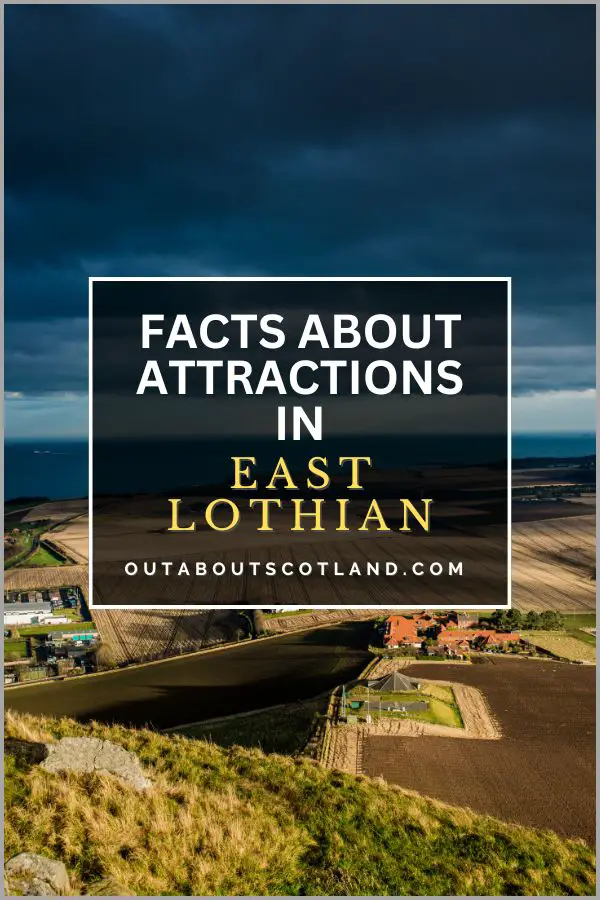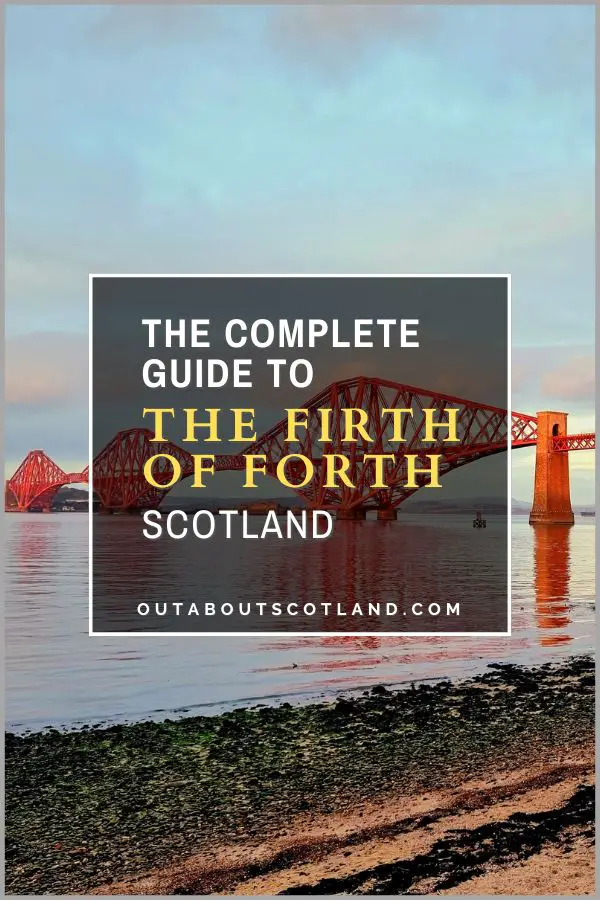Visit Scotland, along with Historic Environment Scotland, Nature Scot, the Scottish Government, and other organisations, have teamed up with UNESCO to create the first-ever digital UNESCO Trail, making Scotland the first country to bring all of its UNESCO sites together online. The trail includes six World Heritage Sites, three Creative Cities, two Biosphere Reserves, and two Global Geoparks, all of which are joined together in one awe-inspiring journey across the country.
It’s safe to say there’s something to suit every taste whether you’re a nature lover, city wanderer, or history buff, and there’s perhaps no better way to explore this magnificent country than to include the UNESCO Scotland trail in a sightseeing itinerary.
There are 6 UNESCO World Heritage Sites in Scotland (St. Kilda, Edinburgh, Orkney, New Lanark, the Antonine Wall and the Forth Bridge) from a total of 33 UK Properties inscribed on the World Heritage List.
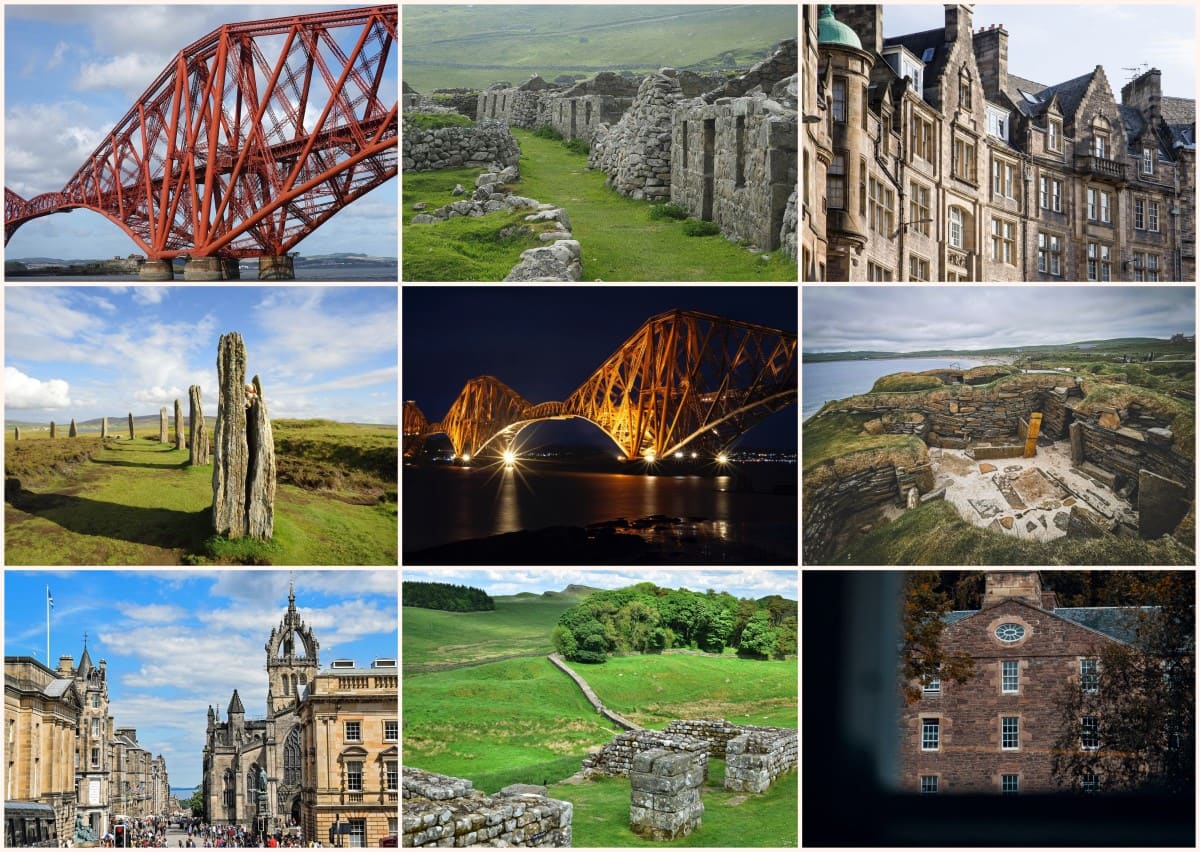
The History of UNESCO
UNESCO was born during the Second World War, when world leaders began looking for ways to rebuild their education systems after peace was restored. The first conference in 1945 saw 44 countries represented with a single purpose: to create an organisation that would establish the ‘intellectual and moral solidarity of mankind’, which would, in turn, help to prevent the outbreak of another world war.
This organization – United Nations Educational, Scientific and Cultural Organization (UNESCO) – began developing educational tools to promote cultural heritage across the globe, and to date, they have designated 1,154 cultural and natural sites as places that must be protected for the benefit of humanity.
Protect Your Family From Scotland's Biting Midges
- Powerful, reliable protection for up to 8 hours
- Water- and sweat resistant
- Repels midges, mosquitoes, horse flies, sand flies, fleas and ticks
- Safe for use on adults, children over 30 months and pregnant women
- Non-sticky, moisturising with a pleasant fragrance
- Packaging may vary
UNESCO sites
World Heritage Sites are places or landmarks that are deemed to have outstanding natural, cultural, historic, or scientific value, not only for the people of Scotland but for people everywhere. They can include cities, places of archaeological or scientific discoveries, buildings, monuments, islands, lakes, forests, or any wilderness area.
To be selected, UNESCO examines the impact of the site on the host nation and determines whether it signifies a remarkable or significant accomplishment by humanity, has special cultural significance, or is a site of particular natural beauty.
In total, there are 1,154 UNESCO World Heritage Sites across the globe in 167 different countries, with Italy sitting at the top of the pile with 58 sites. Scotland comes further down the list at 6 sites, but they’re all remarkable places that are a must-do for all visiting tourists. Let’s take a closer look at these sites in the following list.
The Old and New Towns of Edinburgh
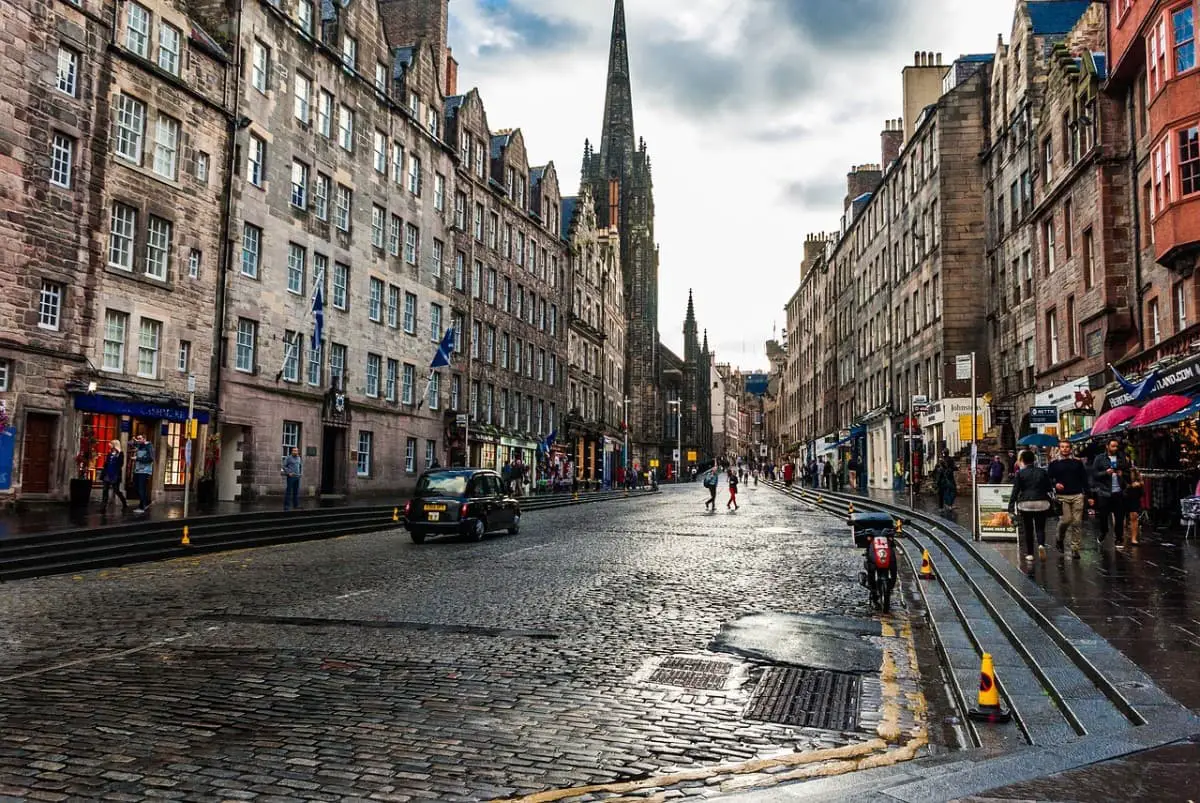
Awarded 1995. Edinburgh is Scotland’s most popular tourist destination thanks to its huge number of historic buildings, monuments, and natural wonders. It’s more-or-less split down the middle into the Old and New Towns, the former being one of the best-preserved mediaeval areas in the world and the latter one of the finest examples of city planning in any major city worldwide.
You can see the top attractions in Edinburgh in this article: The Best Places to Visit in Edinburgh.
The Heart of Neolithic Orkney
Awarded 1999. Orkney has some of the world’s earliest examples of stone-age circles and settlements, and the oldest—Skara Brae, Maeshowe, the Stones of Steness, and the Ring of Brodgar—have been brought together as the ‘Heart of Neolithic Orkney’.
Visiting Orkney takes tourists on a journey back in time 6,000 years, especially to Skara Brae, which has some of the best-preserved Neolithic buildings in Europe.
New Lanark
Awarded 2001. New Lanark is a restored 18th-century mill village that was the first in the world to introduce fair conditions for its workers. In an age when most mill workers were living in near-slavery, New Lanark offered shorter working days, child care for working mothers, the abolition of child labour under 10 years of age, a school, and medical care.
The Antonine Wall
Awarded 2005. Great Britain has many remnants of Roman occupation, but none is as fascinating as the Antonine Wall which stretches 37 miles coast-to-coast north of Glasgow.
The wall was built in 142 AD on the orders of Emperor Antoninus Pius as a defence against hordes of marauding tribes of Caledonii and was manned by 7,000 soldiers across 17 forts. At the time, it was one of the world’s most sophisticated military constructions, comprising a turf wall 10 feet high and ditches that were 16 feet deep.
The Forth Bridge
Awarded 2015. Edinburgh is home to another World Heritage Site at the Forth estuary, where the Forth Rail Bridge spans the shores of South and North Queensferry. The bridge was completed in 1809 and, at the time, was the longest single cantilever bridge in the world at just over 8,000 feet. What’s even more remarkable is that the Forth Bridge is still in operation today and is part of the main railway line between Edinburgh and Aberdeen, one of the busiest train routes in Scotland.
St. Kilda
Awarded 2004. The archipelago of St. Kilda is the most remote place in the United Kingdom, situated 40 miles northwest of the Outer Hebridean island of North Uist.
A community existed on St. Kilda for almost 4,000 years, but it saw its last residents leave in 1930, when their way of life became unsustainable. Today, St. Kilda is a haven for wildlife and has several animals not found anywhere else, including its own species of wren and a field mouse that’s twice the size of a normal mouse.
Global Geoparks
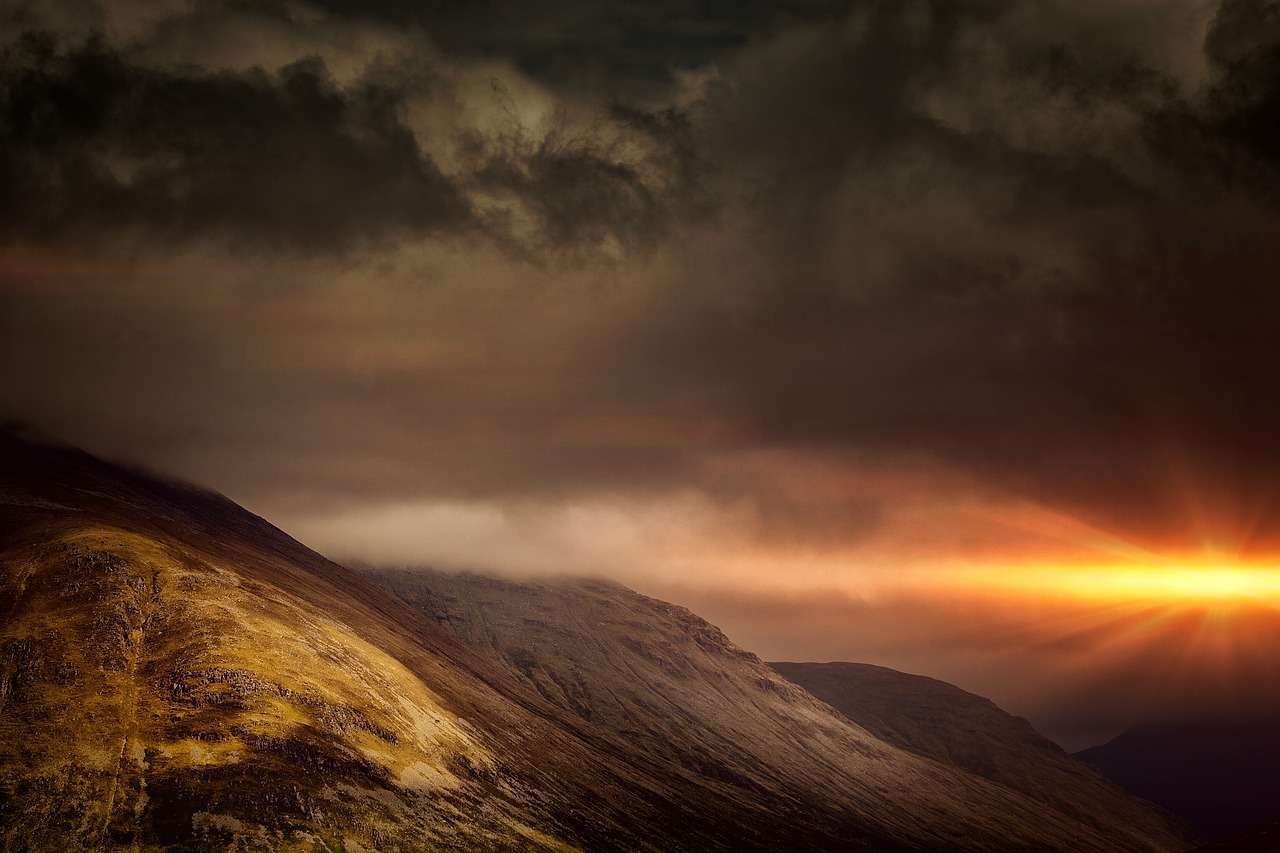
A geopark is a single geographic area that’s considered to be of global importance. These regions of the world are significant for their nature, culture, and geology and have undergone some development by their local communities to raise awareness of issues like climate change and sustainably using natural resources.
UNESCO work with landowners and tourism businesses to promote each geopark and raise awareness of people’s connections to the places they call home, with each geopark being awarded the designation for 4 years at a time. At the end of each 4-year period, the geopark is reviewed and if it fails to maintain UNESCO’s standards it can lose this highly-valued award.
There are 169 global geoparks worldwide spread across 44 countries, and currently Scotland has 2 of them: the North West Highlands Global Geopark and Shetland Global Geopark, both of which have diverse geologies, a rich cultural heritage, and are exceptional places of natural beauty.
The North West Highlands (awarded 2004) is Scotland’s first geopark. It’s situated in the far north of the Scottish Highlands where it stretches from the Summer Isles in Wester Ross up the coastline to Sutherland and inland to Durness and Loch Eriboll.
In total, the geopark covers 800 square miles of a region that is the most sparsely populated in Europe. Attractions are too many to list, but a few must-sees are the mountains of Suilven and Stac Pollaidh and the ridges of Foinaven and Arkle.
The Shetland Global Geopark (awarded 2009), meanwhile, comprises a varied landscape of heather-covered moorland, lochs, glens, rugged coastline, and golden sandy beaches.
The rocks beneath Shetland are around 3 billion years old and tell tales of a time when the islands were originally located at the South Pole before movement in the earth’s crust transported them across the equator. This is one of the most inhospitable places in Scotland yet it’s exceptionally scenic and the coastline is a haven for wildlife, especially seabird colonies which are amongst the largest in Europe.
Book Tours in Scotland
Biosphere Reserves
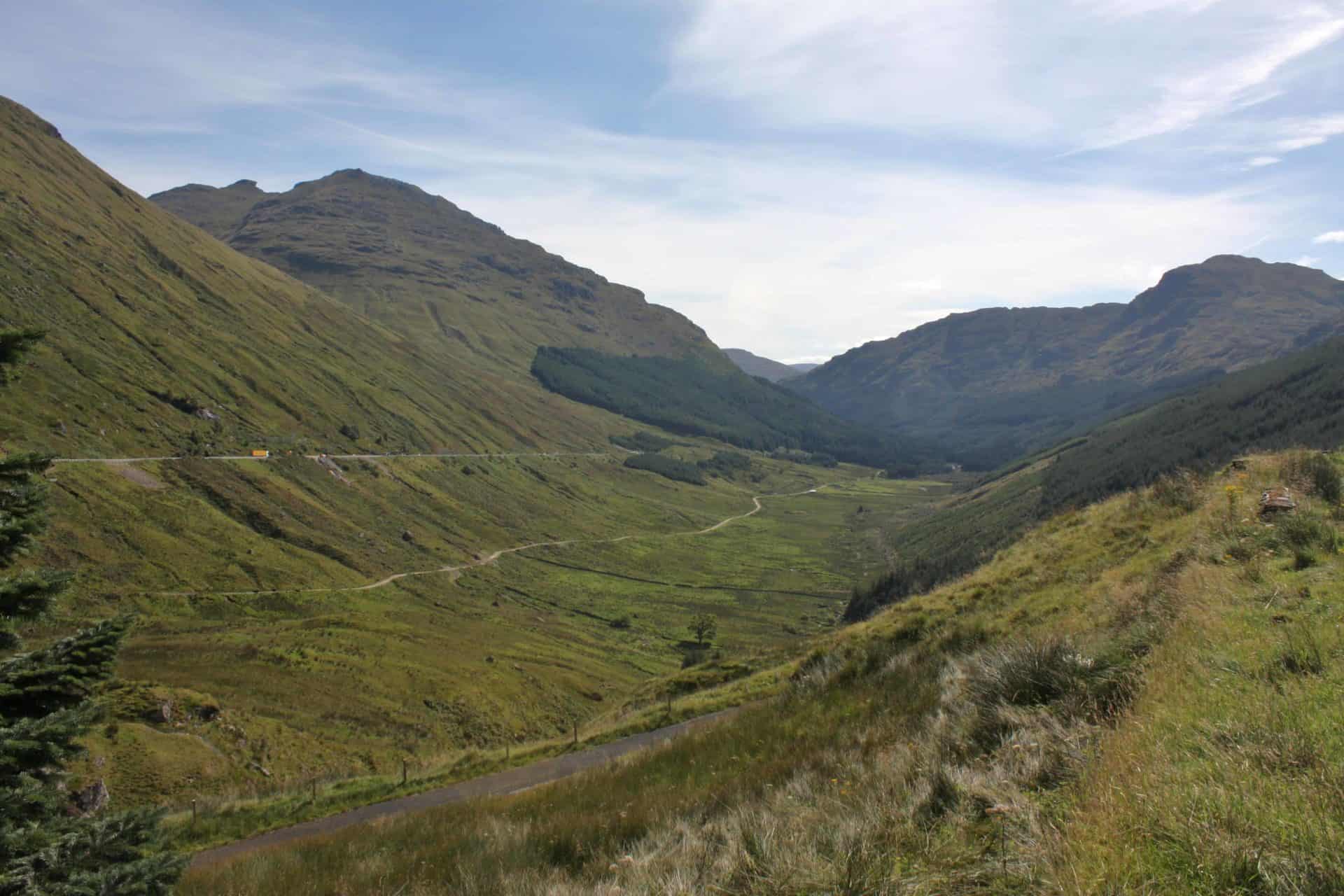
There are 727 biospheres across the globe, and here in Scotland we’re privileged to have two of them.
A biosphere reserve is an area that has a thriving ecosystem that supports a diverse range of flora and fauna and also has communities that manage to live off the land while promoting conservation. In a biosphere reserve, people preserve their time-honoured ways of life and maintain their cultural identity, even when under pressure from globalization and changes in the environment.
Looking after these places is of the utmost importance, not just for the people who live there but also for the nation as a whole, and UNESCO works with all stakeholders—from the government to the landowners and the permanent residents—to ensure each biosphere is carefully managed.
The two biosphere reserves in Scotland are located in Galloway and Southern Ayrshire, and Wester Ross.
The Galloway and Southern Ayrshire biosphere (awarded 2012) is a land of gorgeous scenery, close-knit farming communities, and a rich cultural heritage. Of particular note is Galloway Forest Park which is widely regarded as one of the finest forests in Britain and attracts tens of thousands of walkers and cyclists each year, yet due to careful management the impact of tourism on the landscape is negligible.
This is most evident in the fact that it was one of the first places in Europe to be designated as a dark sky park which is one of the few places in the world that is entirely without light pollution.
The second biosphere in Wester Ross spans 3,000 square miles in a region that has some of the oldest forests in Scotland, some of the country’s tallest mountains, and arguably the prettiest coastline in the United Kingdom.
Highlights include the spectacular Torridon Hills, the equally dramatic Kintail mountain ridges, and the spectacular coastline between Kyle of Lochalsh and Ullapool (a personal favourite – I highly recommend a road trip if you’ve never been before).
Creative Cities

UNESCO created the list of Creative Cities in 2004 as a means to encourage cooperation between cities all over the world to promote art whether it’s in the form of design, music, food, or architecture. There are 180 cities as of 2022 across 72 countries, with the three in Scotland being Edinburgh, Glasgow, and Dundee.
Edinburgh was the first ever city to be designated a City of Literature in 2004, which isn’t surprising given its strong ties to the written word. Some of Edinburgh’s best tourist attractions are the Scott Monument and the Writer’s Museum – both of which are solely dedicated to Scottish wordsmiths.
The Gothic masterpiece Scott Monument gives a good idea of the appreciation the city has for the works of Sir Walter Scott, which, at 200 feet, is the tallest monument to a writer anywhere in the world. Other legendary Edinburgh authors include Robert Louis Stevenson, Robert Burns, JM Barrie, Muriel Spark, and JK Rowling, who created some magical (pun intended) stories while living in the city.
Next on the list is Glasgow, fondly known as the city of music, which hosts an average of 130 music events every week and also sets the stage for the incredibly popular TRNSMT music festival and the World Bagpipe Championships. In addition, Glasgow is home to the Scottish Opera and the Royal Scottish National Orchestra, as well as the BBC Scottish Symphony Orchestra, the Royal Conservatoire of Scotland, and the Scottish Ensemble.
UNESCO awarded Glasgow the designation of City of Music in 2008 alongside Ghent, at a time when the only other city to have the award was Bologna. Today, there are 42 UNESCO Cities of Music worldwide.
Last, but not least, is Dundee, which is the only city in the United Kingdom to have the designation ‘City of Design’. To receive the designation a city must have an established design industry, design schools and research centres, and experience in hosting design events.
Dundee achieves this aim thanks to the fantastic V&A Design Museum, attractions like the McManus Museum which features an exhibition of comic book hero Desperate Dan, and venues like the Dundee Contemporary Arts Centre. Dundee is defined by innovation and is a multidisciplinary hub that’s making great strides in medical research, is a leader in fashion design, and is at the cutting edge of the gaming industry.
Protect Your Family From Scotland's Biting Midges
- Powerful, reliable protection for up to 8 hours
- Water- and sweat resistant
- Repels midges, mosquitoes, horse flies, sand flies, fleas and ticks
- Safe for use on adults, children over 30 months and pregnant women
- Non-sticky, moisturising with a pleasant fragrance
- Packaging may vary
Frequently Asked Questions
What is UNESCO?
UNESCO is the United Nations Educational, Scientific and Cultural Organization. The organization was created during WWII as a means to build peace through international cooperation in the fields of art, the natural world, culture, and science.
UNESCO aims to bring people from different countries together by promoting cultural heritage, providing education, and preserving natural habitats.
What is a UNESCO designation?
A UNESCO designation is given to special places or landmarks that have a unique global significance, whether it’s a scientific discovery, a unique culture, or a place of natural beauty.
An example of one of these places is the New Lanark cotton mill in Scotland which was the location of the world’s first attempt to introduce fair conditions for workers which included childcare, reasonable working hours, and fair wages.
How many types of UNESCO designations are there?
There are 8 UNESCO designations: World Heritage Sites, Biosphere Reserves, Global Geoparks, Creative Cities, Memory of the World, Intergovernmental Oceanographic Committee, and Intergovernmental Hydrological Programme.
The main designation is World Heritage Site which has cultural, natural, and mixed subcategories.
How many World Heritage Sites are there in the world?
As of 2022, there are 1,154 World Heritage Sites.
Scotland has six WHS sites plus 2 Biosphere Reserves, 2 Global Geoparks, and 3 Creative Cities.




